[Photogallery] Three gems preserved in Budapest’s Aeropark museum
Anyone leaving or departing from Budapest Airport’s Terminal 2 (currently the single terminal for regular passengers) may see a number of preserved aircraft by the access road. It is Aeropark, an effort at preserving Hungary’s aviation history.
I personally had heard of it before, but did not realise the museum’s had that large of a collection of preserved aircraft, the majority of which are from the country’s communist years.
Once I passed in front of it while leaving the airport, I knew where I would spend the following Sunday morning. In this post is a selection of pictures of three of the main aircraft on display there.
(Click the pictures to see them in a larger size).


Of course, this is more an effort at a photogallery than at storytelling, as the museum can tell the story much better; in fact, they have a history of each of their aircraft available at https://aeropark.hu/muzeum/. The website is where I got the information in this article from, but I highly recommend that, if you can, you visit Aeropark.
Tupolev Tu-134 HA-LBE
Several aircraft had their cabins open on the day I visited, of which I entered in three. The first was this Tupolev Tu-134, registered HA-LBE.
According to Aeropark’s website, this aircraft was delivered to Malév — Hungary’s national airline, which failed in 2012 — in 1969, serving the airline until 1987, when it was retired. It has been restored in 2019, but it has been on display since 1991.

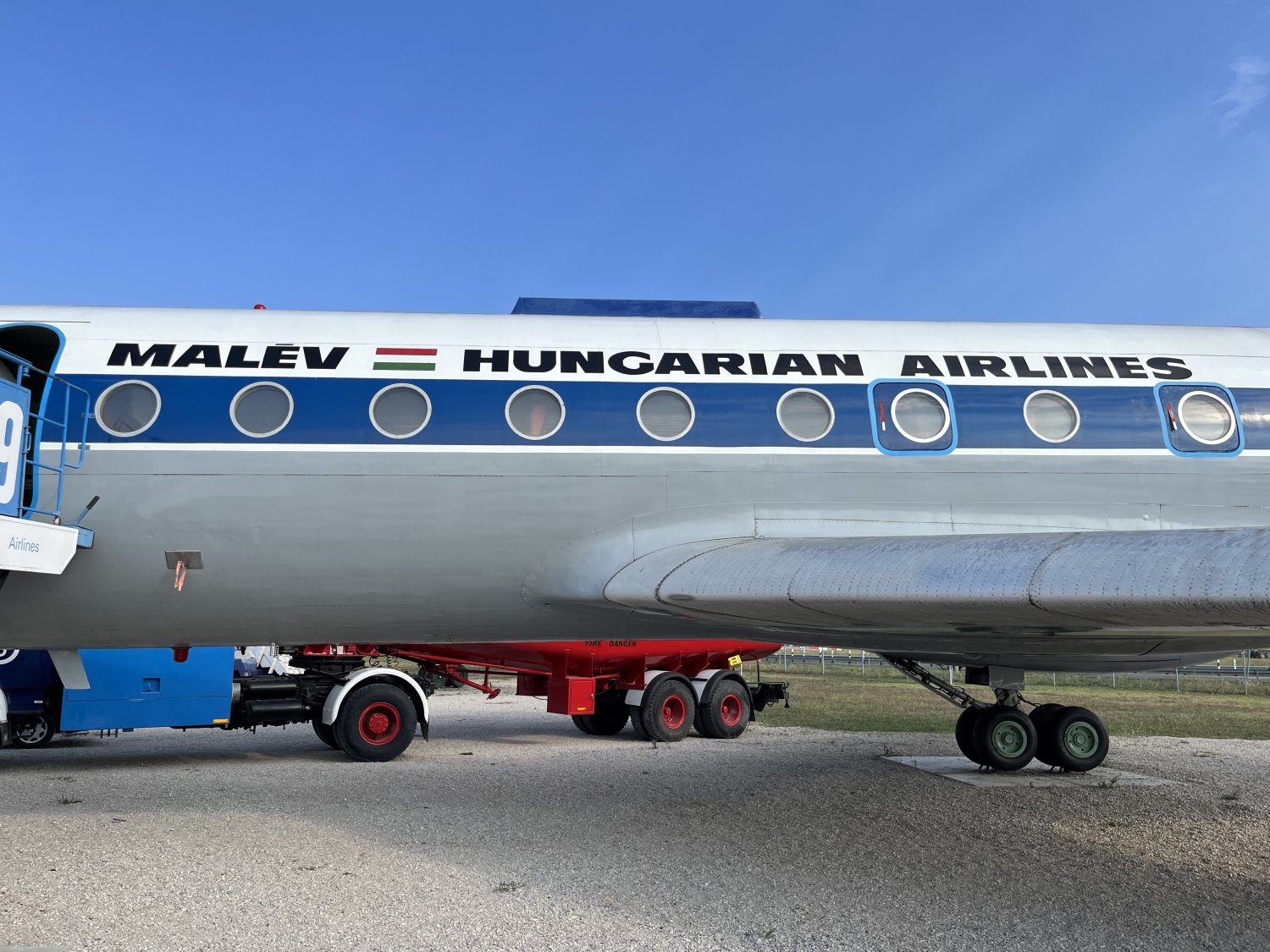

Of course, Malév is a fundamental part in telling the story of Hungarian aviation, and inside each aircraft were some snippets of that history. In this case, besides the seating, were pictures telling the history of Malév’s Tu-134 fleet.
Of course, another highlight were the cockpits, which have some differences compared to Western aircraft. More clearly, the distinctive green panels and, in the Tu-134, the glass nose with the navigator seat.


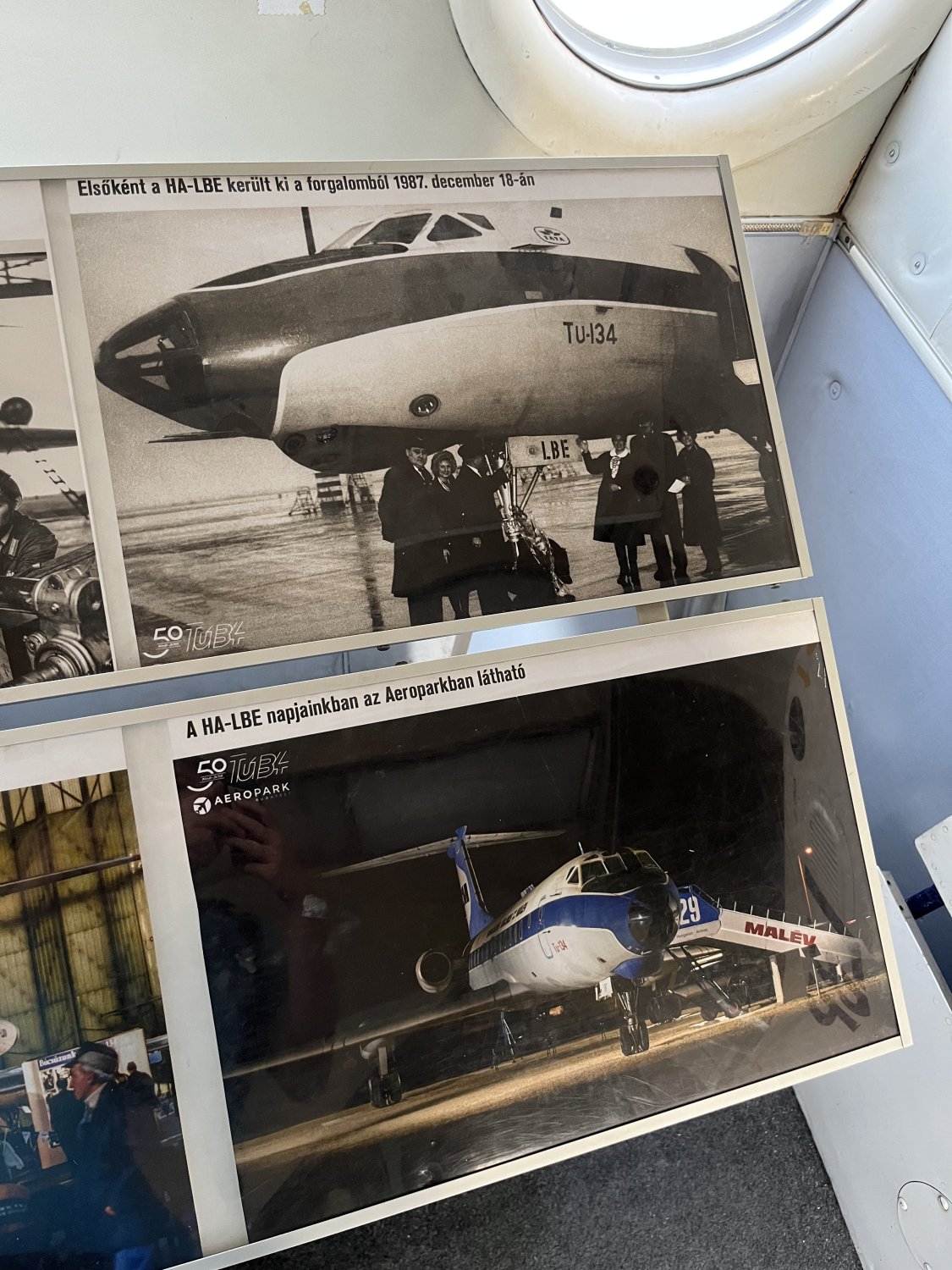
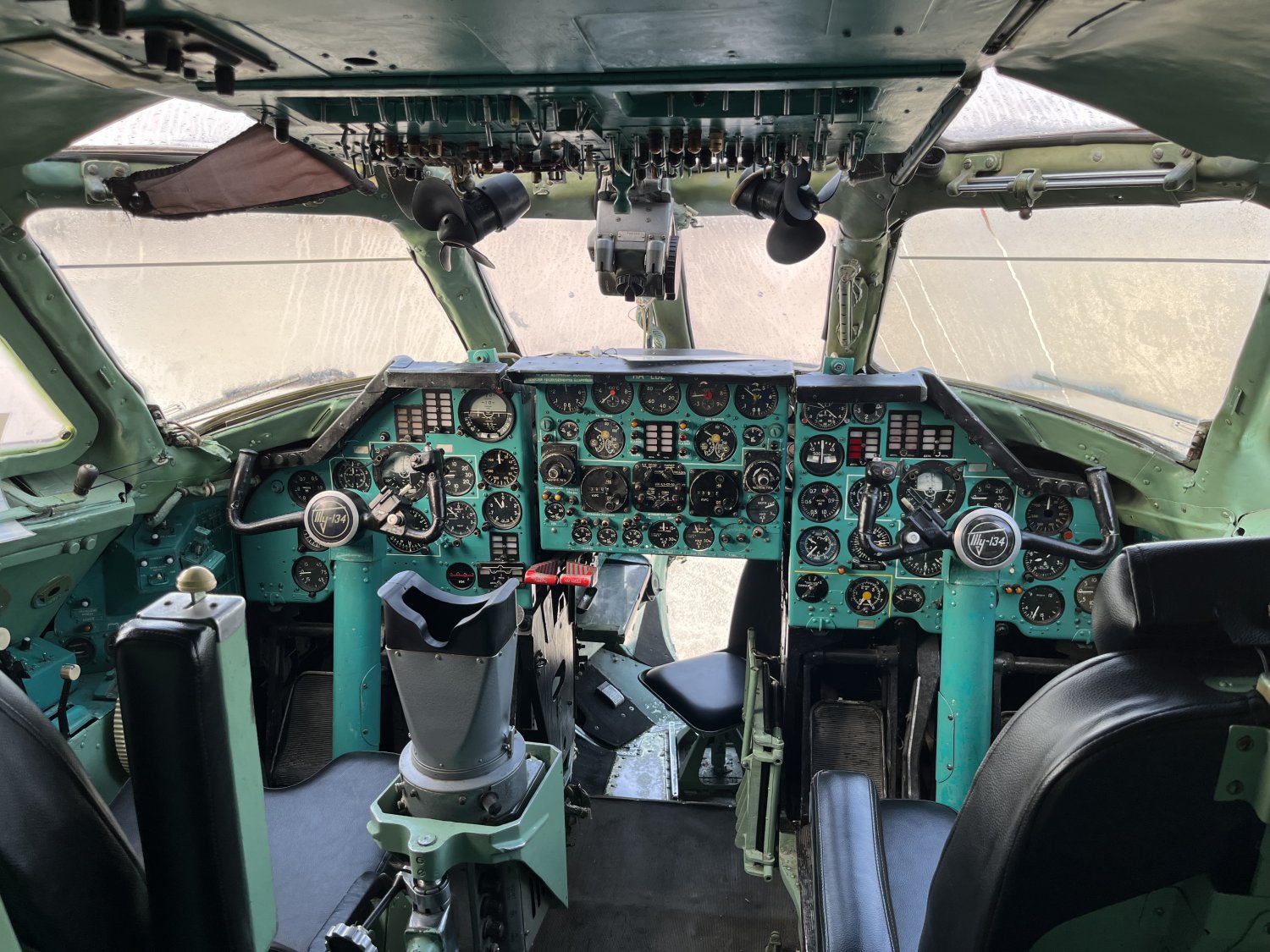
Tupolev Tu-154 HA-LCG
The second aircraft I visited was the Tupolev Tu-154, Malév’s flagship until the arrival of the Boeing 767. According to Aeropark’s website, HA-LCG was delivered to the airline in 1975 and retired in 1992. Two years later, it was relocated to Aeropark. In 2018, the aircraft was restored.



One section of the aircraft’s cabin was restored, but the rear part of the cabin remains closed.
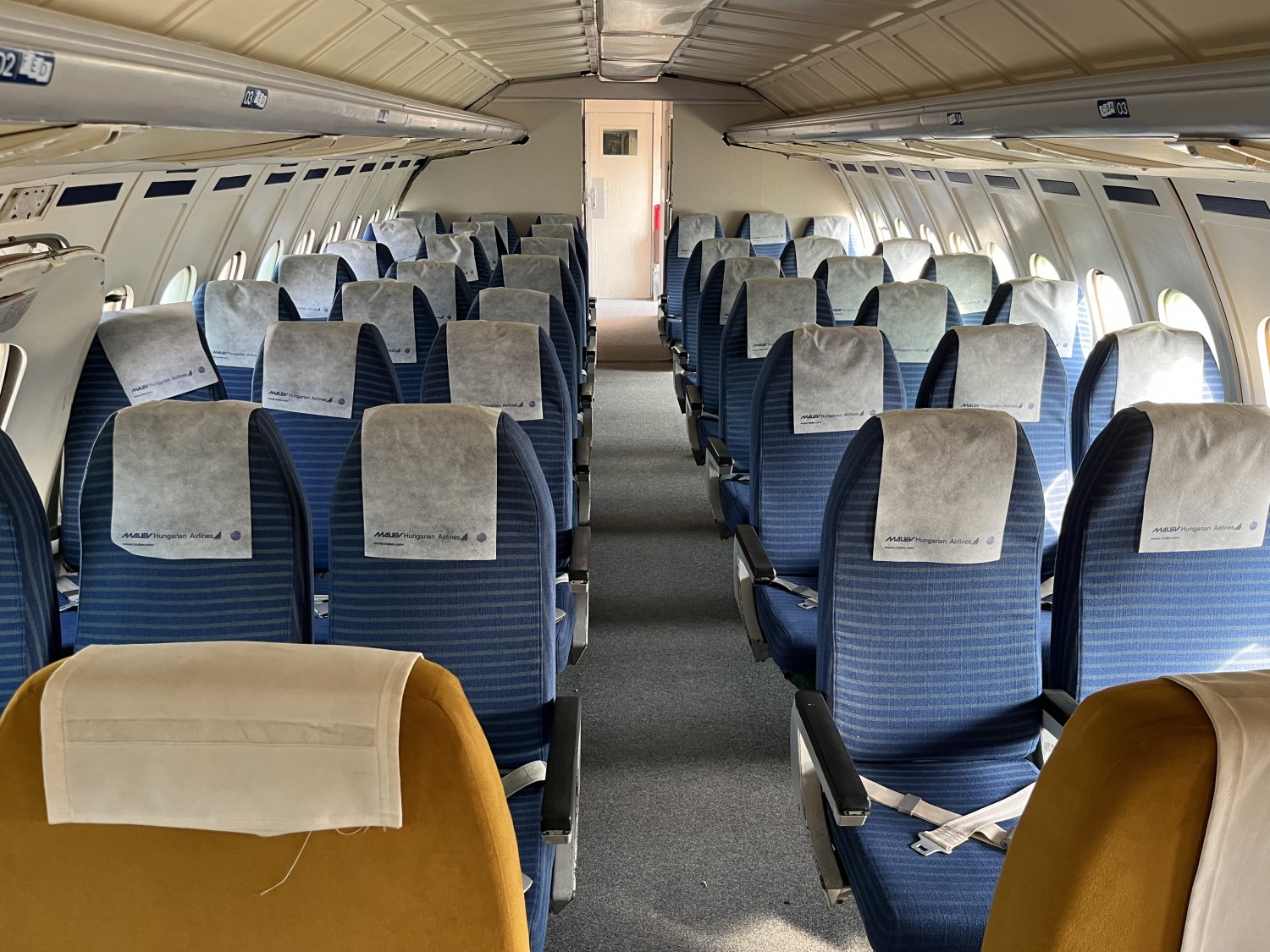


Ilyushin Il-18 HA-MOA
The third aircraft I visited was the Il-18, a four-engine turboprop. Two of the type are on display in Aeropark, both in Malév’s colors: HA-MOG, configured for cargo, and HA-MOA.
HA-MOA was delivered to Malév in 1960. In 1977, it was converted to a cargo aircraft, being retired in 1987. Having been repainted to its original colors after retirement, the aircraft now sports a small exhibition about the history of Hungarian aviation and the history of Malév.


This was the longest visit, as in the cabin was a worker explaining a bit about the aircraft; I was not sure if I could take a seat in the other two.
I found interesting that some of the instruments were in Hungarian, while others were in Russian.
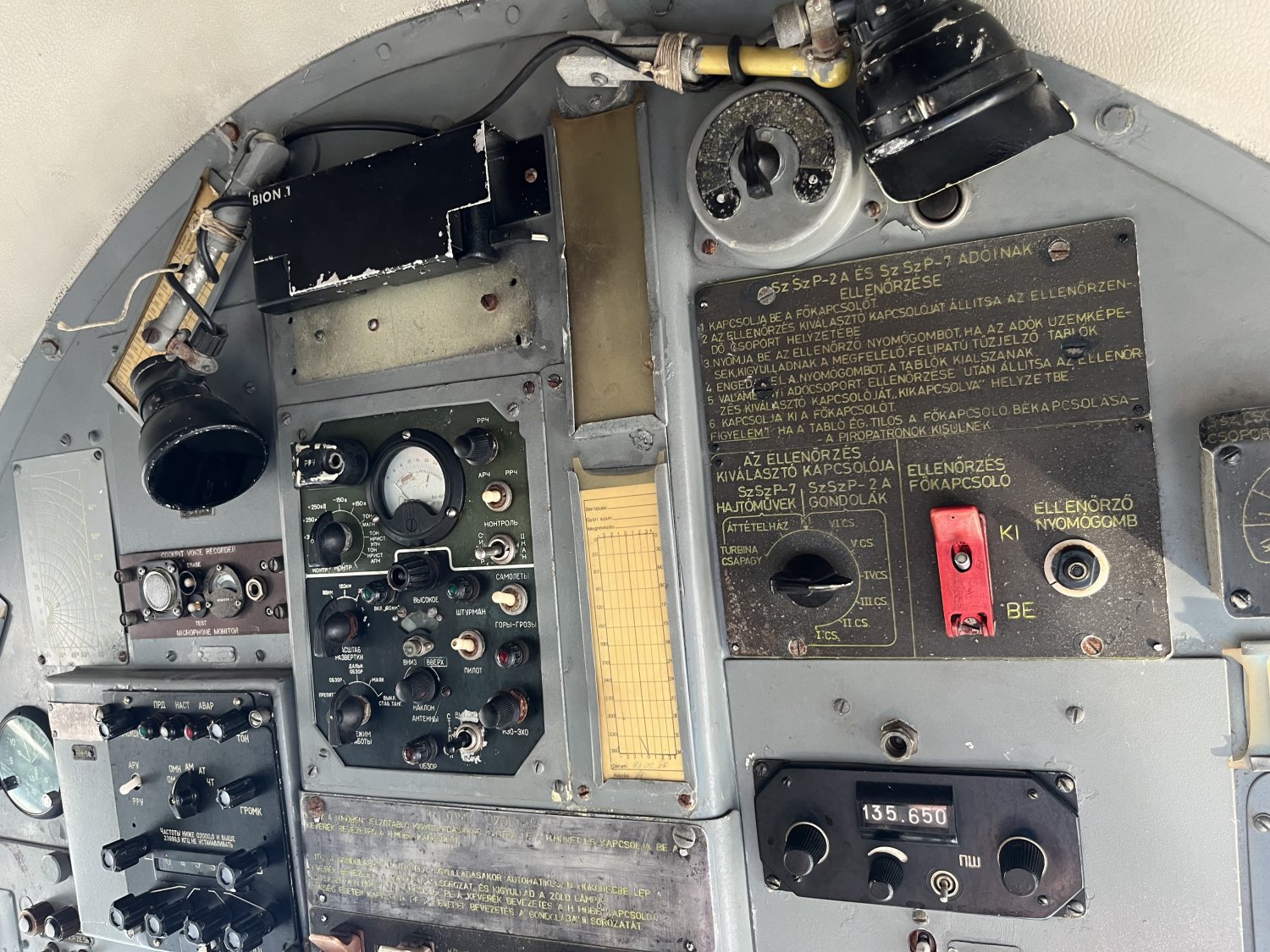

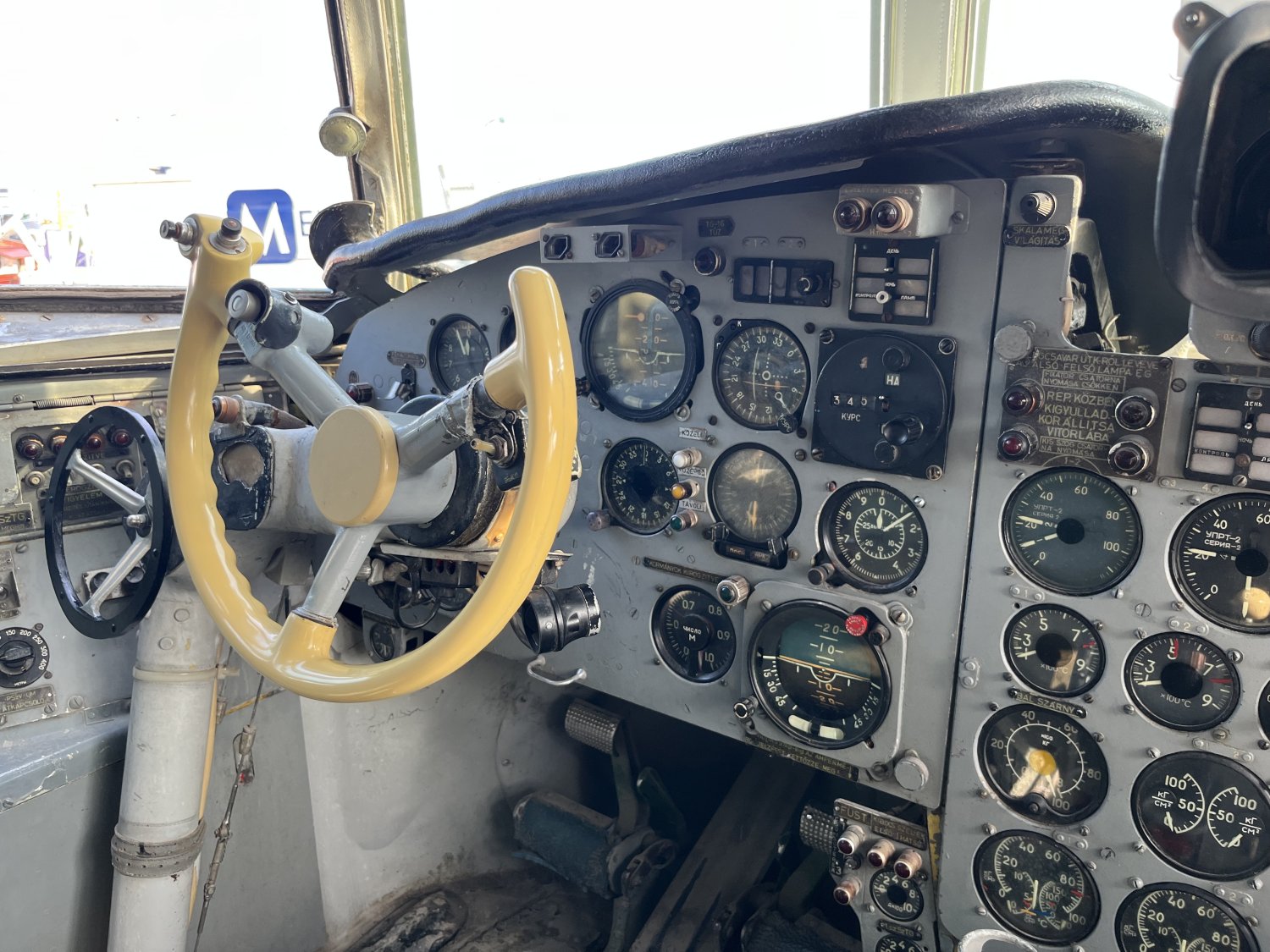

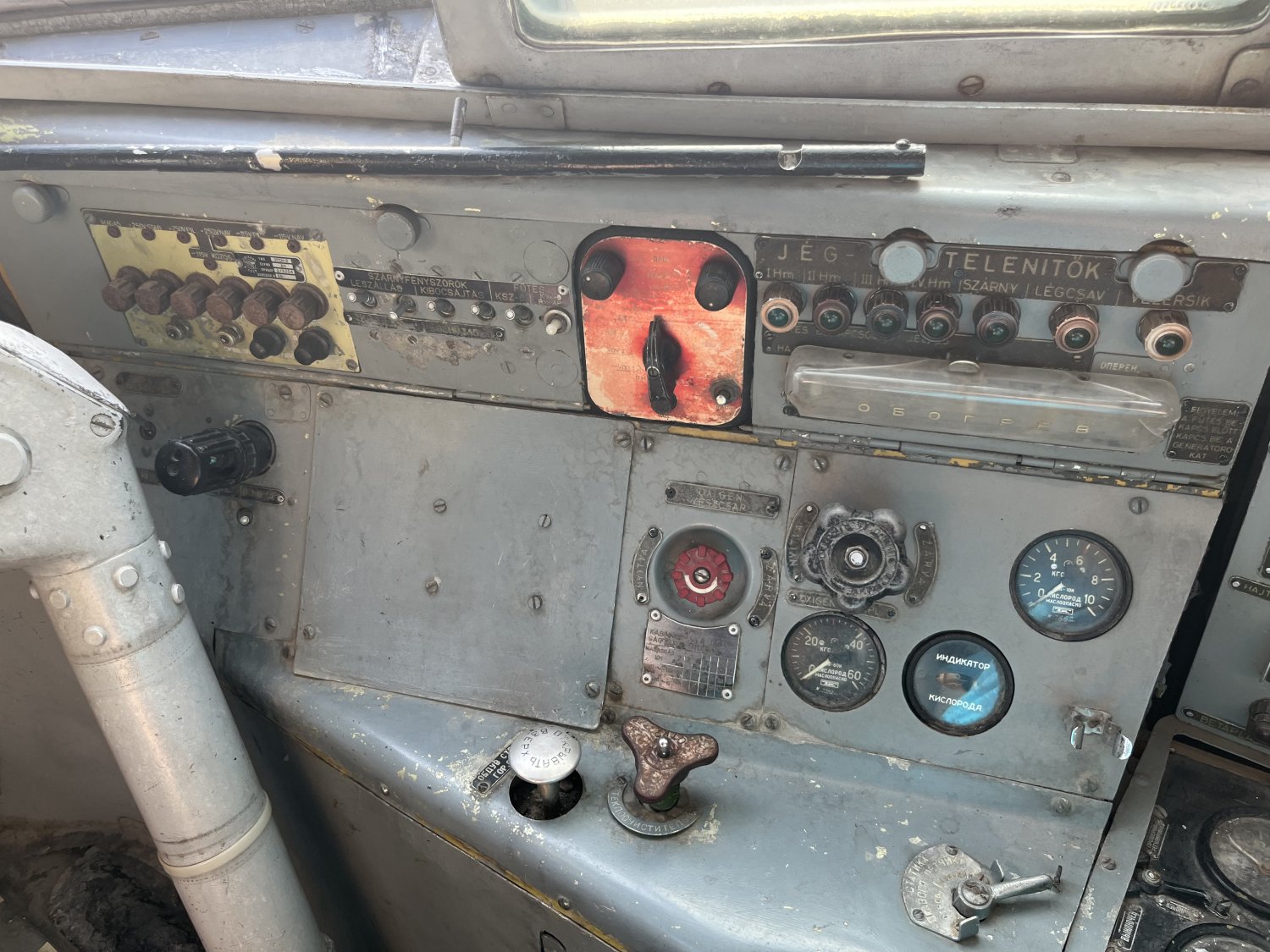




Unfortunately I could not spend more time in the flight deck, as there were people outside waiting for their turn.
All in all, it was a sunny Sunday in late Summer, but I was still impressed at the amount of families bringing their children to spend their time. Apparently, Aeropark does some weekend activities too. While I was there, in the early morning, some old cars were arriving to the space.
The adult ticket costs HUF3,000, which in today’s exchange rate would be EUR7.76 (although my card was charged HUF2,800). But the exhibition is not Aeropark’s only attraction. There seem be cultural and entertainment events, such as that old car gathering I saw.
Aeropark also has a small café, some aircraft simulators, the Aeroshop, selling some aviation-related products and Malév memorabilia, and they also do some apron visits in partnership with Budapest Airport.
By foot, Aeropark is some 15 minutes away from Budapest Airport’s Terminal 2, so by public transport, all bus lines to the airport work.

![[Photogallery] Three gems preserved in Budapest’s Aeropark museum](https://cdnartic.ar/p8Xyzslv4OwdSSYSWlb1mqZaxwo=/1500x0/filters:no_upscale()/https://aviacionlinecdn.eleco.com.ar/media/2023/09/020230917_064257418_iOS.jpg)
Para comentar, debés estar registradoPor favor, iniciá sesión